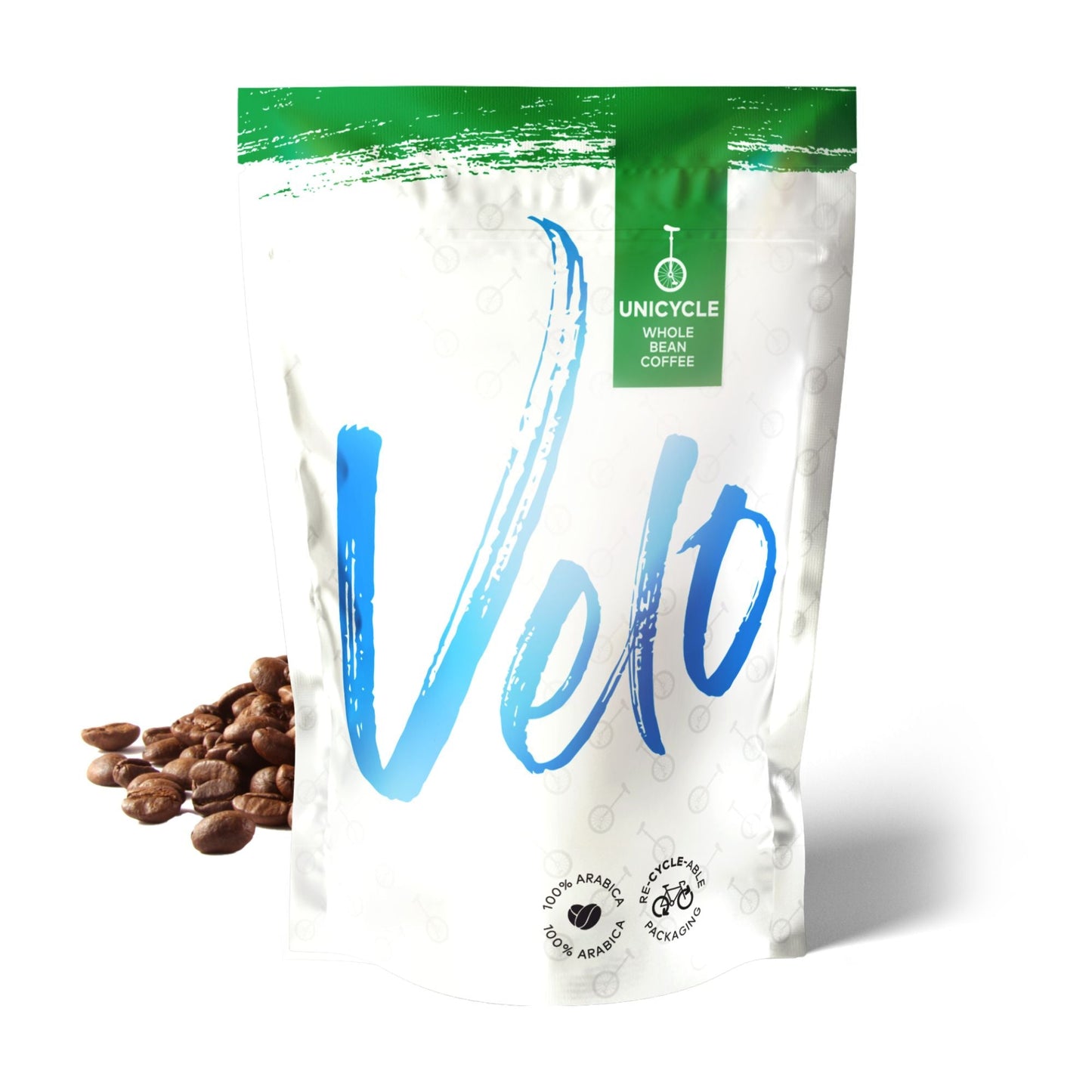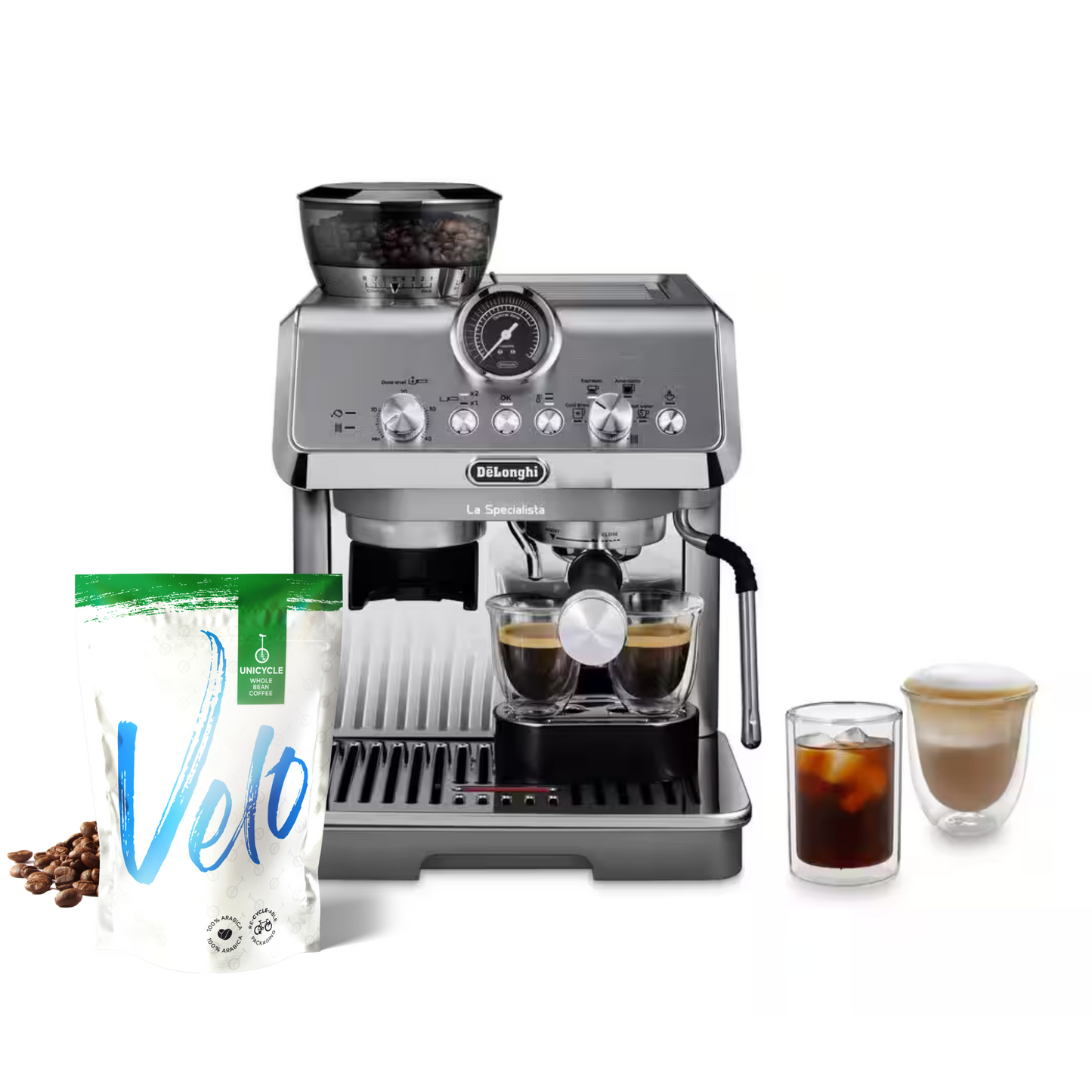Just like the importance of coffee extraction, steaming milk can make or break your cup of coffee. Steaming milk is more than just heating up milk. There’s a science behind the madness that makes your latte, cappuccino, or macchiato taste so, so good.
The Details
When a barista steams milk, they are following a strict method to give you the best coffee possible. Not only are they warming up the milk, but they’re creating small bubbles in the milk to create the foam on the top layer of your coffee. When steamed properly, the foam should appear shiny and resemble a liquidised marshmallow.
Of course, how milk is steamed and how much foam is created depends on the drink you order. The foam/milk to espresso ratio will vary from a cappuccino, which contains roughly three-quarters foam, to a flat white, which contains one-quarter foam. You can see a coffee chart of different drinks and their ratios here
The Process
- Be sure to know what temperature your milk should reach before steaming. The exact temperature of which milk should be steamed differs between coffee shops, but the general rule is to steam whole and skimmed milk between 60°C-65°C (140°F-149°F), and almond or soya milk no higher than 50°C (122°F).
- Before placing the wand in the milk, purge (opening the wand’s valve) for a second to clean the wand of condensation. Make sure the wand is also cleaned of any milk residue that may have been left over from the last steam (although the wand should always be wiped clean after every time milk is steamed!).
Now… let’s steam some milk!
- Fill a stainless-steel steaming pitcher with cold, fresh milk. Make sure to leave at least a quarter (if not more) of the pitcher empty, otherwise the milk will overflow when steaming.
- Tip: Double the drinks made by using a bigger pitcher. Use the first half of the milk for a drink with more foam, like a cappuccino, then the bottom half for a drink with less foam, like a flat white. If both drinks have more foam, split the steamed milk between two different containers so there the foam can be divided evenly. - Place the steaming wand at an angle (approximately 45 degrees to the left or the right) in the vertical pitcher and open the valve. Hold the pitcher handle in your dominant hand and place your non-dominant hand on the side of the pitcher. This allows you to feel the approximate temperature of the milk. Alternatively, you can place a thermometer in the milk to help you determine the optimal steaming temperature of the milk.
- Softly lower the pitcher until the wand is almost on top of the milk. Ideally, it will make a soft hissing or slurping sound, which is the milk aeration process.
- As the milk begins to stretch, or expand, pay more attention to either the heat warming your non-dominant hand or look at the thermometer in the milk to make sure you are not steaming the milk at a higher than desired temperature. Once the milk reaches the desired amount of foam, bring the pitcher up into the milk a bit more so that the sifting sound is not heard. This allows the focus to shift from sifting to warming it up to the desired temperature.
- Once the desired temperature is reached, close the valve and then bring the pitcher down.
- To create the smooth, glossy look of ideal milk, hit the bottom of the pitcher on a sturdy surface to pop the extra bubbles. Grasp the handle of the pitcher and swirl the milk around in the pitcher. This keeps the milk consistency glossy, which you can then pour into your drink.
Remember
It takes time and practice to perfect the art of steaming milk. Keep practicing and remember the Velo Coffee baristas are always here to commiserate with you!


